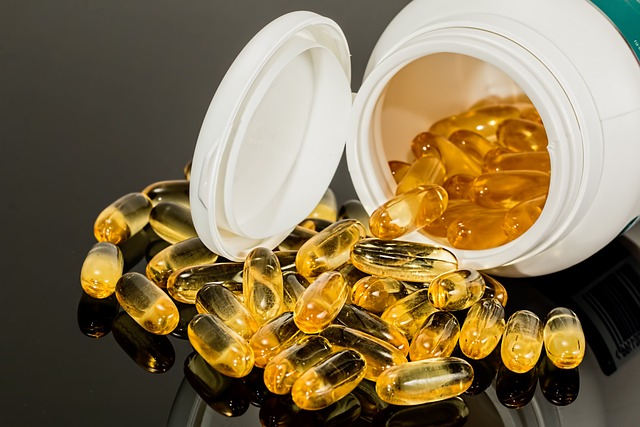-
Table of Contents
Peptides for Athletes Enhancing Performance
Peptides have gained significant attention in the athletic community for their potential to enhance performance and aid in recovery. These short chains of amino acids play a crucial role in various physiological processes, making them a valuable tool for athletes looking to optimize their training and recovery routines.
What Are Peptides?
Peptides are short chains of amino acids, typically consisting of 2 to 50 amino acids. They are the building blocks of proteins and play a vital role in numerous biological functions. In the context of athletics, peptides can influence muscle growth, fat loss, and recovery, among other benefits.
Types of Peptides Used by Athletes
Athletes use various types of peptides to achieve different goals. Some of the most commonly used peptides include:
- Growth Hormone Releasing Peptides (GHRPs): These peptides stimulate the release of growth hormone, which can enhance muscle growth and recovery.
- IGF-1 (Insulin-like Growth Factor-1): IGF-1 promotes muscle growth and repair by stimulating protein synthesis and cell proliferation.
- TB-500 (Thymosin Beta-4): Known for its healing properties, TB-500 can accelerate recovery from injuries and reduce inflammation.
- BPC-157 (Body Protection Compound-157): This peptide is renowned for its regenerative effects on muscles, tendons, and ligaments.
Benefits of Peptides for Athletes
Peptides offer a range of benefits that can help athletes improve their performance and recovery. Some of these benefits include:
- Enhanced Muscle Growth: Peptides like GHRPs and IGF-1 can stimulate muscle growth by increasing protein synthesis and promoting the proliferation of muscle cells.
- Improved Recovery: Peptides such as TB-500 and BPC-157 can accelerate the healing process, reduce inflammation, and enhance tissue repair.
- Fat Loss: Certain peptides can increase metabolism and promote fat loss, helping athletes achieve a leaner physique.
- Increased Endurance: Peptides can improve oxygen utilization and energy production, leading to enhanced endurance and stamina.
Case Studies and Examples
Several case studies and examples highlight the effectiveness of peptides in enhancing athletic performance and recovery:
- Case Study 1: A study published in the Journal of Clinical Endocrinology & Metabolism found that GHRP-6 significantly increased growth hormone levels in healthy adults, leading to improved muscle mass and strength.
- Case Study 2: Research published in the American Journal of Sports Medicine demonstrated that BPC-157 accelerated the healing of tendon injuries in animal models, suggesting its potential for injury recovery in athletes.
- Example: Professional athletes, including bodybuilders and endurance athletes, have reported using peptides like IGF-1 and TB-500 to enhance their training outcomes and reduce recovery times.
Potential Risks and Side Effects
While peptides offer numerous benefits, they are not without risks. Some potential side effects and risks associated with peptide use include:
- Hormonal Imbalance: Excessive use of growth hormone-releasing peptides can lead to hormonal imbalances and related health issues.
- Injection Site Reactions: Peptides are typically administered via injection, which can cause localized reactions such as redness, swelling, and pain.
- Regulatory Concerns: The use of certain peptides may be prohibited in competitive sports, and athletes should be aware of the regulations governing their use.
Conclusion
Peptides have emerged as a powerful tool for athletes seeking to enhance their performance and recovery. By understanding the different types of peptides, their benefits, and potential risks, athletes can make informed decisions about incorporating these compounds into their training regimens. While peptides offer promising benefits, it is essential for athletes to use them responsibly and in accordance with regulatory guidelines to maximize their potential while minimizing risks.
